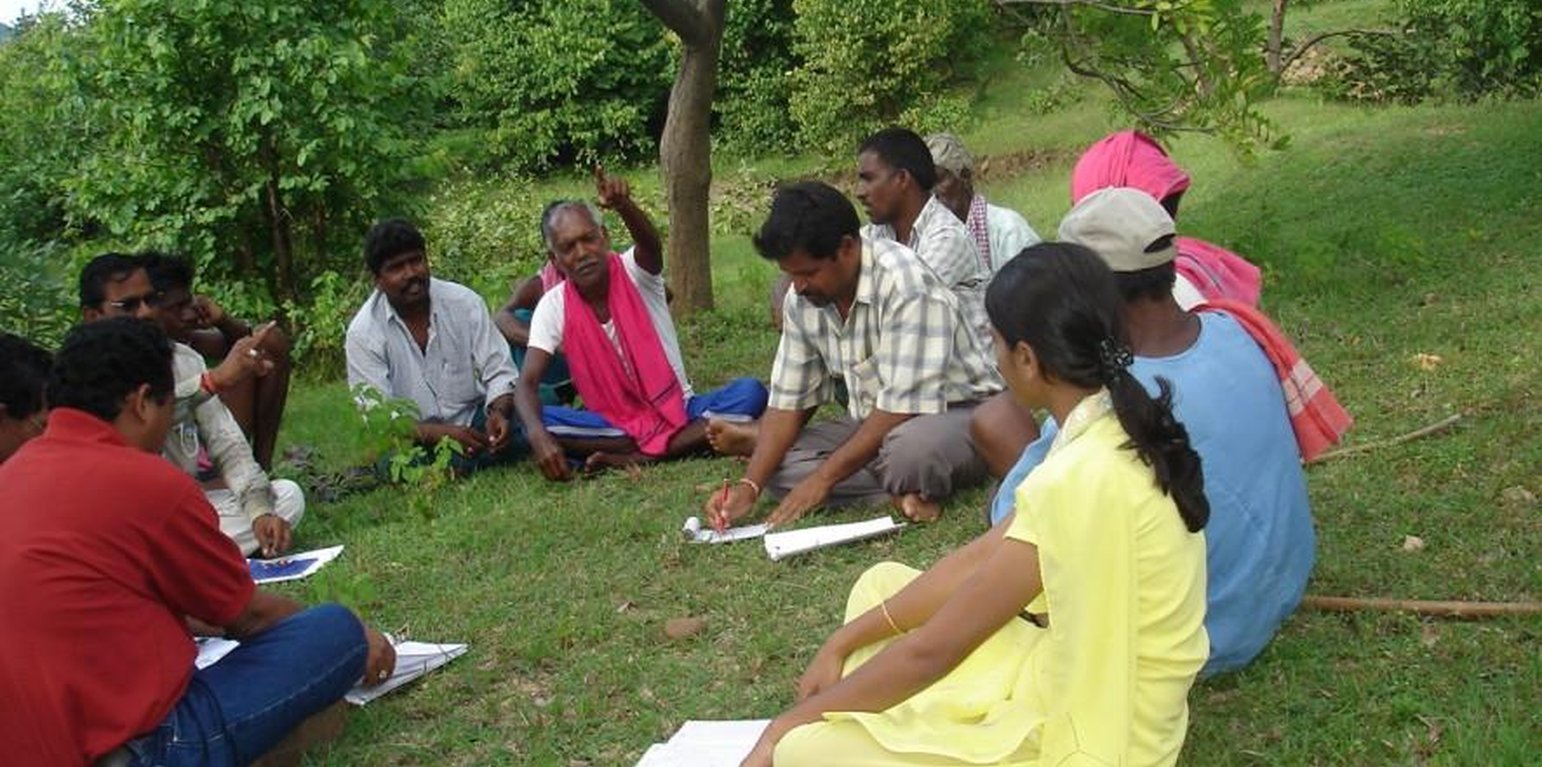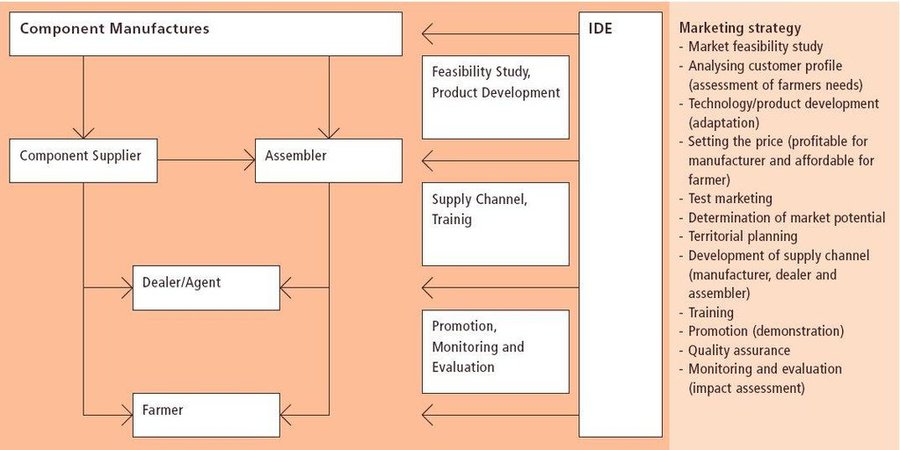Participatory Watershed Development Approach
(Индия)
Описание
Livelihood asset base development through participatory watershed developemnt keeping people at the center stage of development and promoting village level institutions.
Aims / objectives: Livelihoods improvement through asset building; Capacity building, Enabling environment, Village level institutions building, Natural resource management. Participatory tools are used to do situational analysis and planning. Self Help Groups and User Groups are promoted for taking up micro enterprise and land based activities respectively. Community mobilisation is done using local folk songs and dance.
Stages of implementation: The project is implemented within a five year period. First year is used as rapport building, institution building and preparation of micro plan. The external team plays the role of facilitators and capacity building of the primary stakeholders.
Местоположение
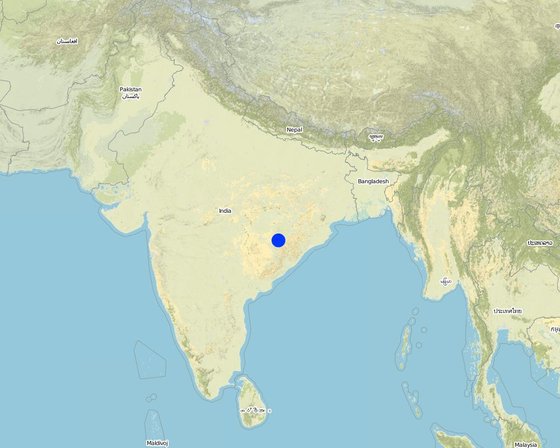
Местоположение: Village- Larki, Block- Komna, Dist.- Nuapada., Индия
Географическая привязка выбранных участков
Дата ввода в действие: 2001
Дата завершения: 2010
Тип Подхода
-
традиционная/ местная система землепользования, используемая коренным населением
-
недавняя местная инициатива/ инновация
-
в рамках проекта/ программы
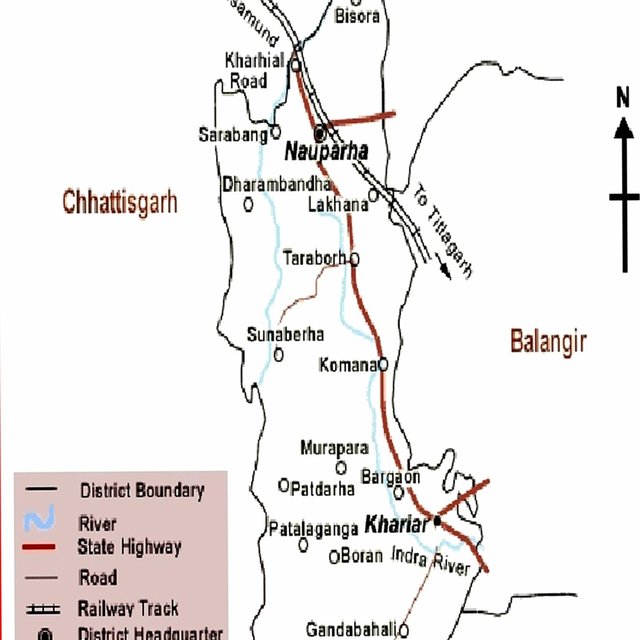
Nuapada district
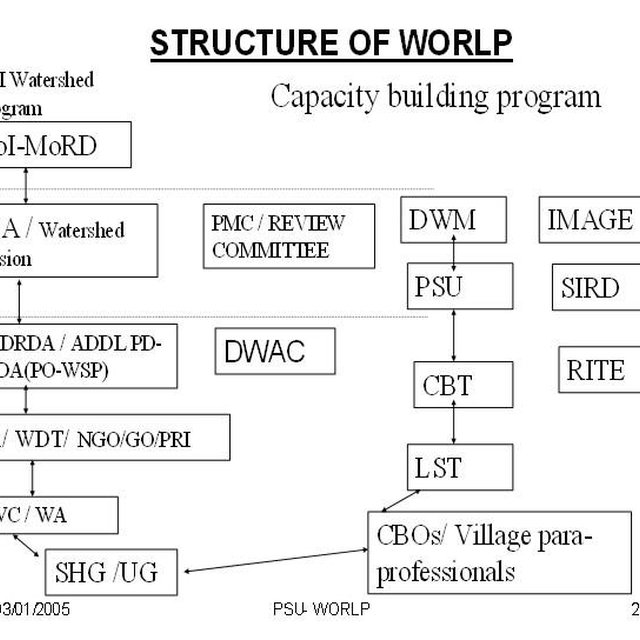
Structure of WORLP
Цели подхода и благоприятные условия для его реализации
Главные цели/ задачи Подхода
The Approach focused mainly on SLM with other activities (Productivity enhancement; Income generating programme, Water and sanitation)
1. Livelihood improvement. 2. Poverty Reduction. 3. Increase households(HH) annual income. 4. Eco restoration
The SLM Approach addressed the following problems: Natural calamity ( drought) 2. Poverty 3. Illiteracy 4. Sustanability in agriculture production.5. Economic enhancement of the people.
Условия, содействующие применению Технологии/ Технологий в рамках Подхода
Условия, затрудняющие применение Технологии/ Технологий в рамках Подхода
-
Социальные/ культурные/ религиозные нормы и ценности: Education, personal conflict, lack of knowledge, skill
Treatment through the SLM Approach: IEC material, Training,Hand holding support.
-
Наличие/ доступность финансовых ресурсов и услуг: Poor financial status of theof community.
Treatment through the SLM Approach: Financial Assistance from the project with little contributioin from the beneficiaries
-
Институциональные условия: Ugs not functional as desired
Treatment through the SLM Approach: strengthening of the Ugs
-
Нормативно-правовая база (землевладение, права на земле- и водопользование): No usufruct right/ownership on CPR land
Treatment through the SLM Approach: Users right/ usufrut right to the UG
The existing land ownership, land use rights / water rights hindered a little the approach implementation Fragmentated land ownership with low land holding dinder the implementation of the approach.
-
Осведомленность в области УЗП, доступность технической поддержки: Unable to perceive real problem because of technical failures
Treatment through the SLM Approach: Technical problem analysis with the community
Участие и распределение ролей заинтересованных сторон
Заинтересованные стороны, участвующие в реализации Подхода, и их роли
| Какие заинтересованные стороны/ организации-исполнители участвовали в реализации Подхода? |
Перечислите заинтересованные стороны |
Опишите роли заинтересованных сторон |
| эксперты по УЗП/ сельскому хозяйству |
|
Working land users were mainly men (Most men are engaged in landbased activities.) Women are not capacitated to putforth their views in community meeting. Women are not free enough to say something due to socio-cultural hindrance. Women are not empowered to participate along with the men in public meeting. As per the guideline Land Less(LL) and Very Poor (VP) are included in Watershed Development Committee(WDC) for decision making. |
| общественные организации |
|
|
| государственные власти (отвечающие за планирование или принятие решений) |
Govt. agency |
|
| международные организации |
|
|
Участие местных землепользователей/ местных сообществ на разных стадиях реализации Подхода
нет
пассивное
внешняя поддержка
интерактивное
самоорганизация
инициирование/ мотивация
public meetings; Lack of awareness about the SWC measures.
планирование
Mainly: rapid/participatory rural appraisal; partly: interviews/questionnaires; Conceptual clarity regarding SWC & its benefits
выполнение
Mainly: casual labour; partly: responsibility for minor steps; Engaged as daily wage labourer. Extends cooperation in non-monetary activities
мониторинг/ оценка
Mainly: public meetings; partly: interviews/questionnaires; 1. Evaluation of field work through measurement. 2. Transperancy on expenditure and programme.
Схема реализации Подхода
Structure of WORLP
Принятие решений по выбору Технологии УЗП
Решения принимались
-
исключительно землепользователи (по собственной инициативе)
-
в основном землепользователи при поддержке специалистов по УЗП
-
все участники как часть процесса совместных действий
-
преимущественно специалисты по УЗП после консультаций с землепользователями
-
исключительно специалисты по УЗП
-
политики/ руководители
Принятие решений было основано на
-
анализ подробно описанного опыта и знаний по УЗП (принятие решений на основе подтвержденных фактов)
-
результаты исследований
-
личный опыт и мнения (незадокументированные)
Техническая поддержка, повышение компетенций и управление знаниями
Следующие мероприятия или работы являлись частью Подхода
-
Повышение компетенций/ обучение
-
Консультационные услуги
-
Институциональная (организационная) поддержка
-
Мониторинг и оценка
-
Научные исследования
Повышение компетенций/ обучение
Обучение было предоставлено следующим заинтересованным лицам
-
землепользователи
-
местный персонал/консультанты
-
SWC specialists, teachers (2), extensionists/trainers (1), planners (3)
Тип обучения
-
в ходе работы
-
обмен опытом между фермерами
-
опытные участки
-
общие собрания
-
курсы
Рассматриваемые темы
Class room as well as on farm training provided to land users.
Консультационные услуги
Консультационные услуги были предоставлены
-
на полях землепользователей
-
в постоянно функционирующих центрах
Name of method used for advisory service: Participatoy extension methods and exposure to successful fields, demo plotsl; Key elements: Seeing is beleiving and learning by doing; 1) Mainly: Through change agents(Community Link Workers), Partly: government's existing extension system 2) Mainly: Through change agents(Community Link Workers), Partly: government's existing extension system; Extension staff: specifically hired project employees 3) Target groups for extension: land users; Activities: To expertise and replicate
Advisory service is inadequate to ensure the continuation of land conservation activities; Extensioin programme relating to production aspects of the technology is not adequate.
Институциональная поддержка
Какие институциональные структуры были укреплены или вновь созданы
-
нет
-
да, немного
-
да, умеренно
-
да, существенно
на уровне
-
местные
-
региональный
-
национальный
Опишите организацию, функции и ответственность, членство и т.д.
Тип поддержки
-
финансовая
-
повышение компетенций/ обучение
-
оборудование
Подробнее
Мониторинг и оценка
bio-physical aspects were regular monitored through observations
technical aspects were regular monitored through measurements
socio-cultural aspects were regular monitored through observations
economic / production aspects were regular monitored through measurements
area treated aspects were regular monitored through observations
no. of land users involved aspects were regular monitored through measurements
management of Approach aspects were regular monitored through observations
There were few changes in the Approach as a result of monitoring and evaluation: Increased participation and ownership. User groups are strengthened. Viewsa of the Users respected and involved in decision making.
Научные исследования
Научные исследования проводились по следующим темам
-
социология
-
экономика / маркетинг
-
экология
-
технология
-
Participatory and action research
Participatory technology development through IDEI and action research with independent consultancy firms have been initiated. But relating to approach research study have not been initiated. This is infant stage.
Research was carried out on-farm
Финансирование и внешняя материальная поддержка
Годовой бюджет мероприятий по УЗП в долларах США
-
< 2000
-
2000-10000
-
10000-100000
-
100 000-1 000 000
-
> 1 000 000
Precise annual budget: н/п
Approach costs were met by the following donors: government (national - MoRD): 100.0%
Землепользователям были оказаны/предоставлены следующие услуги или меры стимулирования
-
Финансирование и внешняя материальная поддержка, предоставляемая землепользователям
-
Субсидии на отдельные затраты
-
Кредитование
-
Другие методы или инструменты стимулирования
Финансовая/ материальная поддержка, предоставленная землепользователям
профинансированы частично
профинансированы полностью
оборудование: инвентарь/ инструменты
Трудозатраты, вложенные землепользователями были
-
добровольный
-
в обмен на продукты
-
за денежное вознаграждение
-
в обмен на другие материальные ресурсы
Анализ влияния и заключительные положения
Влияние Подхода
Нет
Да, немного
Да, умеренно
Да, существенно
Сумел ли Подход помочь землепользователям внедрить и поддерживать технологии УЗП?
The SWC measures are maintained by the land users. The utilisation of water resource through adoption of cropping systems. Multiple cropping adopted in stead of mono cropping.
Сумел ли Подход разрешить правовые проблемы землевладения/ землепользования, препятствующие использованию технологий УЗП?
Community mobilisation & participatory planning reduces the problem to some extent.Group activities are initiated to strengthen community.
The problem is likely to be overcome in the near future.
Did other land users / projects adopt the Approach?
Other watershed project have replicated the best pracitces adopted in this approach.
Основные причины, побуждающие землепользователей внедрять УЗП
Долгосрочная устойчивость мероприятий в рамках Подхода
Могут ли землепользователи самостоятельно (без внешней поддержки) продолжать применение того, что было реализовано в рамках Подхода?
Заключительные положения и извлечённые уроки
Сильные стороны: по мнению землепользователей
-
Views and opinion of the beneficiaries are considered (How to sustain/ enhance this strength: Regular follow- up.)
Сильные стороны: по мнению составителя или ответственных специалистов
-
1.Community Organisation (How to sustain/ enhance this strength: Strengthen village level institutions)
-
2. Participatory Approaches (How to sustain/ enhance this strength: Institutionalise processes)
-
3. Monitoring (How to sustain/ enhance this strength: Strengthen community monitoring)
-
4. Evaluation (How to sustain/ enhance this strength: Evaluation by both internal and external agency)
-
5. Ownership (How to sustain/ enhance this strength: User rights ensured, Community Fund Sustainably utilised)
Слабые стороны/ недостатки/ риски: по мнению землепользователейвозможные пути преодоления
-
Coherence among group members
How to make the groups self sustainable? This needs to be addressed by providing financial freedom, decision making opportunities,vision building through exposure to better groups
Слабые стороны/ недостатки/ риски: по мнению составителя или ответственных специалистоввозможные пути преодоления
-
Facilitators attitude
Capacity building programme for the facilitators
Справочные материалы
Продолжительность применения Технологии: 20 января 2009 г.
Последнее обновление: 18 июля 2017 г.
Ответственные специалисты
-
Narendra Kumar Panigrahi (narendra@worlp.com) - Специалист по УЗП
Полное описание в базе данных ВОКАТ
Документирование осуществлялось при участии
Организация
- Orissa Watershed Developemnt Mission - Индия
Проект
